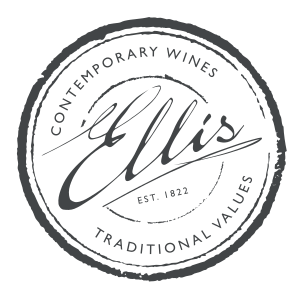Backsberg and farming with nature
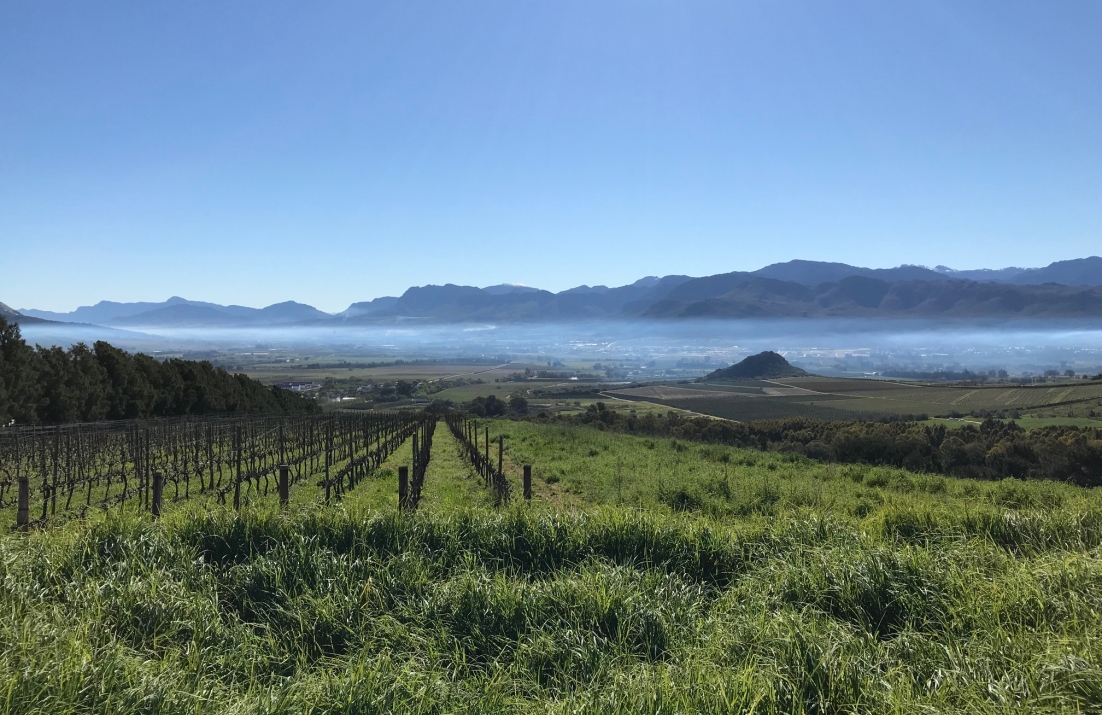
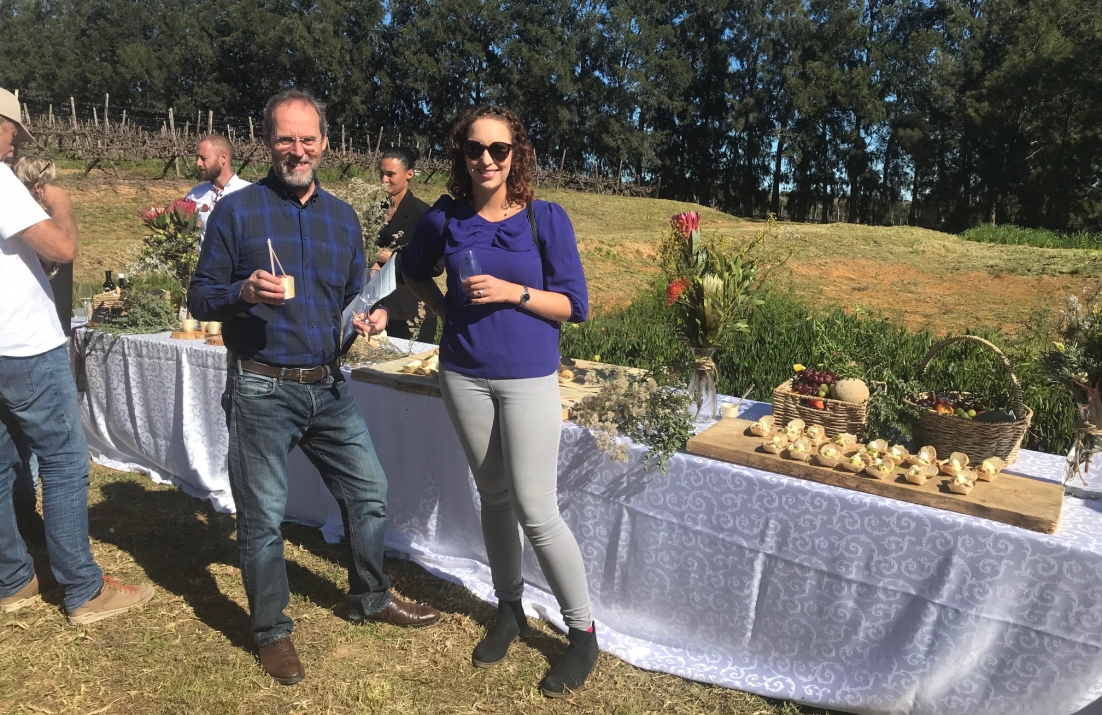
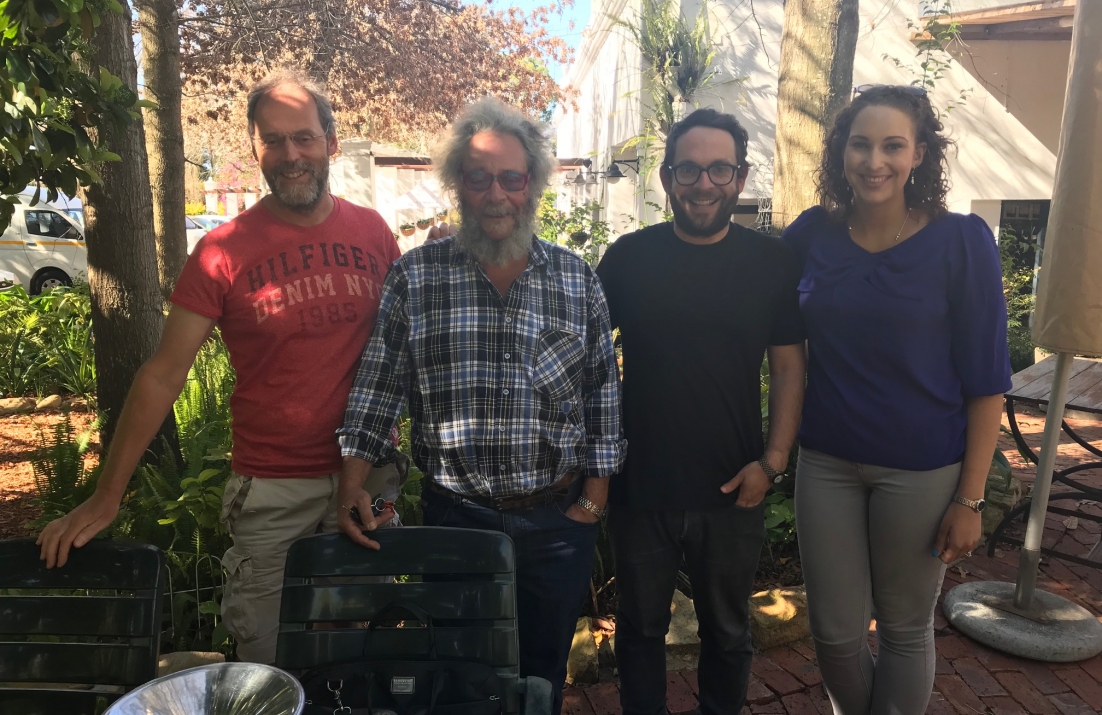
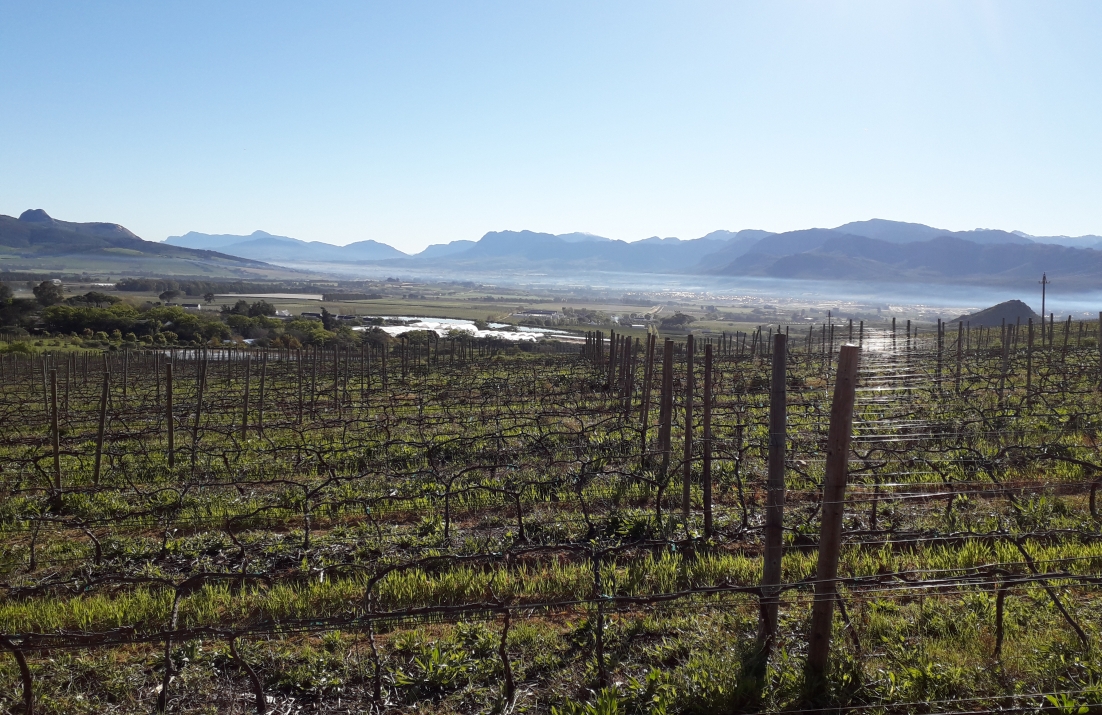
At 8am a fine veil of mist covers the Paarl Valley floor, illuminated by the rays of the rising sun as it appears from beyond the Franschhoek Pass. It is the most spectacular backdrop for a breakfast in the vineyards at Backsberg Estate Cellars.
This is no ordinary breakfast, we are transported in a grape wagon halfway up the slopes of the Simonsberg Mountain, the food has been locally foraged and a range of wines are poured from seven different Cape wineries, all champions of conservation and recognised by WWF with the ‘Protea & Sugarbird’ logo. The iconic Cape flower relies on the sugarbird for pollination, a synergy that is threatened by the expansion of agriculture in the Cape.
![]()
There are currently just 39 wine estates that have achieved this biodiversity certification including De Wetshof and Backsberg. They maintain a pristine habitat by preserving 2ha of land for every 1ha of vineyard, but that is only part of the story as Michael Back explained to the hungry buyers and journalists gathered in his vineyard.
![]()
His concern for the environment has put Backsberg at the forefront of conservancy initiatives; it was the first Cape winery to become Carbon Neutral in 2006, care for the employee, providing land and modern homes for the estate workers, and developing water efficient farming methods during three years of severe drought.
Michael Back strokes his wild beard and recalls the kindness he encountered from the poorest communities during a road trip from London to south east Asia that took him across Iran in his 1974 Land Rover. It is parked in Laos as Michael takes a brief interlude at the farm, awaiting the next leg to Australia.
The Backsberg mantle has been passed to son, Simon, who as CEO is progressing plans for energy sufficiency and sustainable resources. Simon is planting Marselan, Durif and Roussanne, whilst an organic vineyard of Malbec will be in production in 2019.
In the afternoon we taste the estate’s full range of wines shaded from the burning sun by the tall eucalyptus beside the cellar. A clean apricot scented Viognier 2018 is a delight, the oaked style of previous vintages has been toned down sits perfectly balanced with the stone fruit palate, the perfumed Family Reserve Roussanne Chardonnay Viognier blend hints at the richness of the dry 2018 vintage and a special bottling of Sangiovese Barbera 2014 shows a dark cherry and savoury character that is delicious, all pointing to a constantly evolving and harmonious future.
Matthew Cooper, Head Wine Buyer
Read more about what else our buying team got up to here and here...
